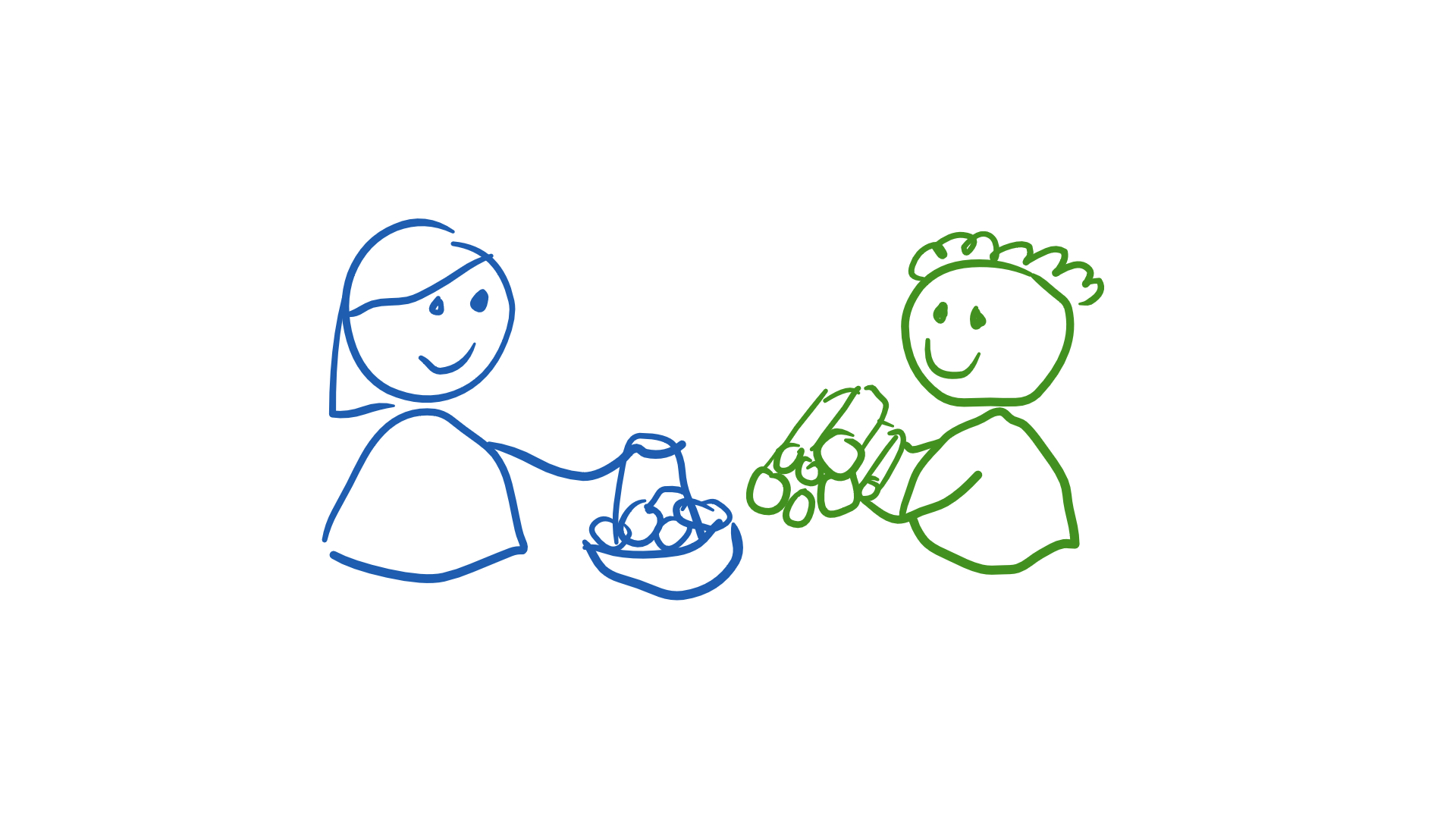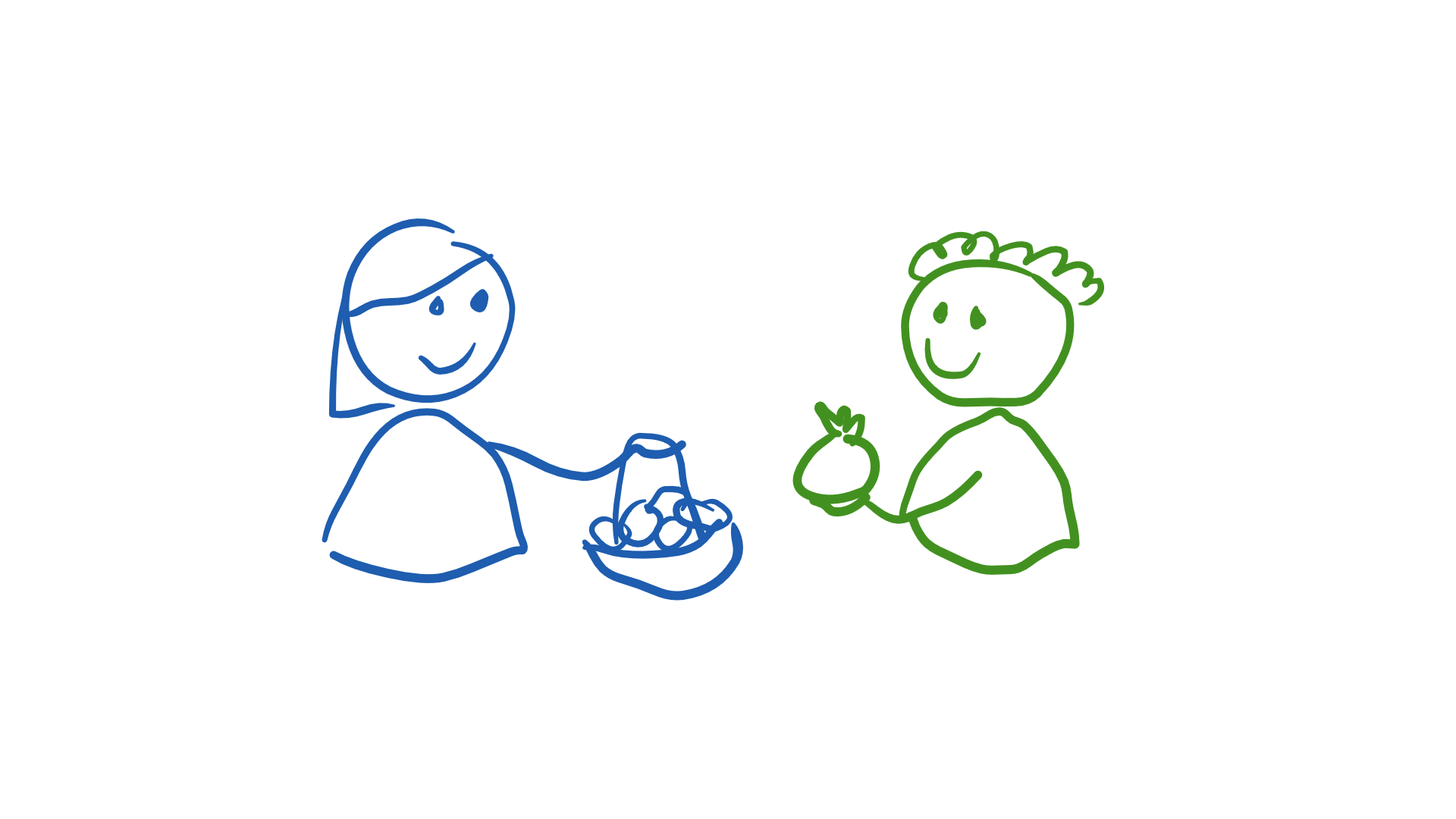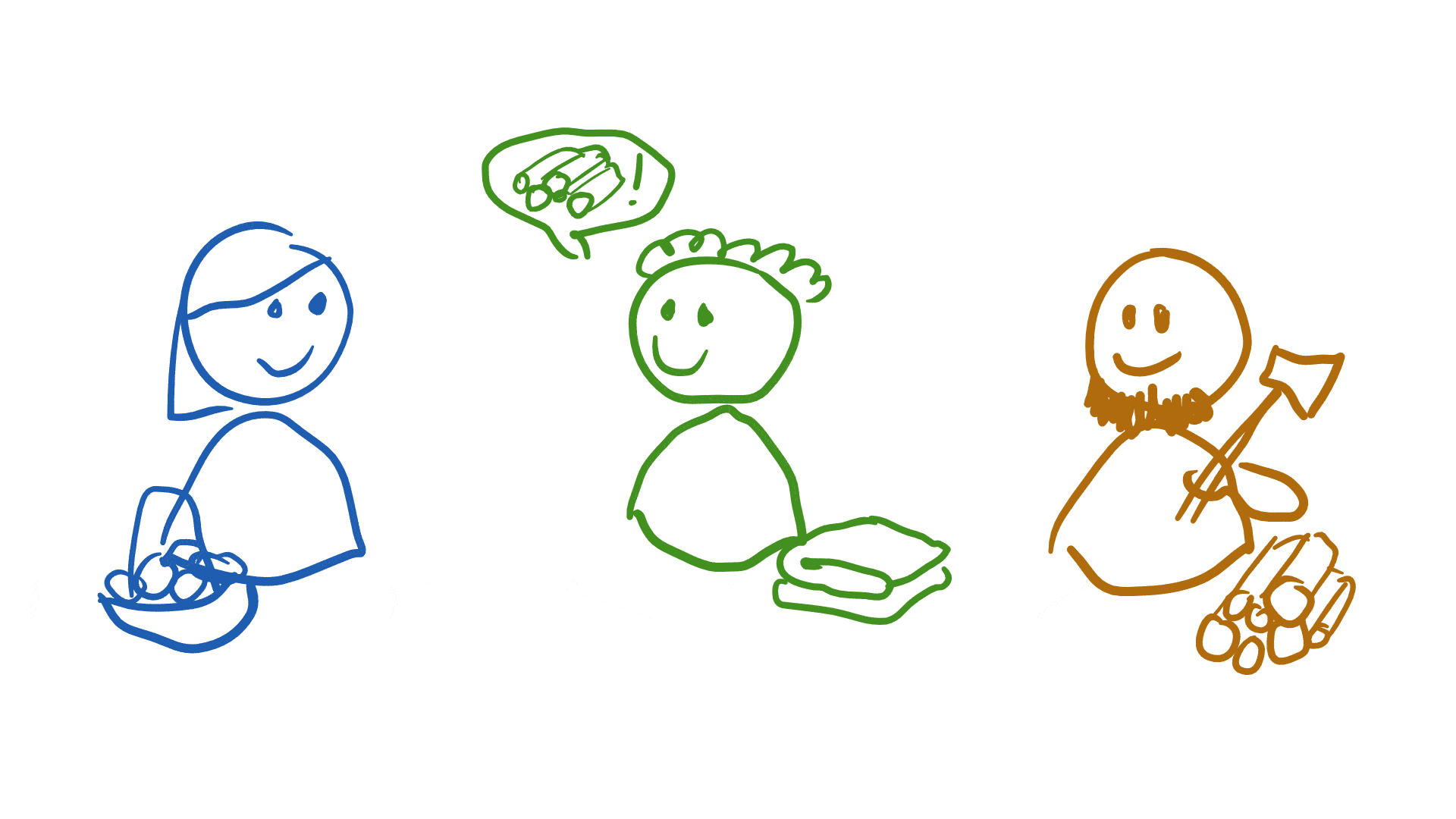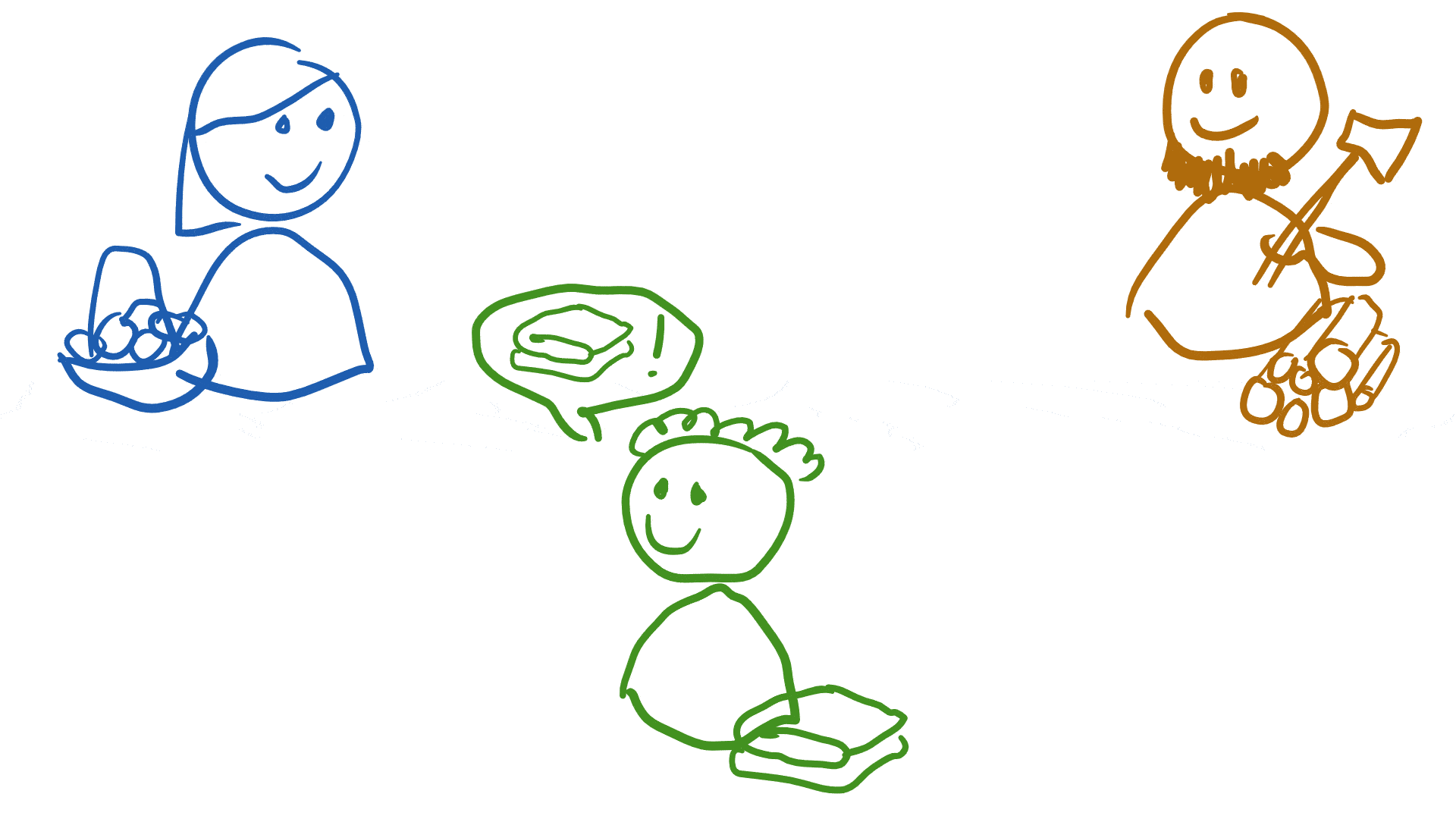The past few years have seen a glut of news about cryptocurrencies and distributed ledgers. Beginning with Bitcoin’s startling rise to fame as a sort of ‘digital gold’ with no central authority, to the rapid appearance of new players like Ethereum, Ripple, and IOTA in the following decade, it seemed that the tech world couldn’t get enough of crypto.
But as with any hype cycle, the sparkle eventually tarnished. Faithful crypto fans hodl on, but the rest of us are starting to tire. So why am I choosing now to talk about a ‘new’ type of cryptocurrency?
In a mere six months, the world we knew has dissolved and an unfamiliar one has taken its place. The COVID-19 pandemic has shaken the socioeconomic system, exposing its fragility and dysfunction in the forms of economic recession, systemic injustice, ecological degradation, cascading institutional failures, and political chaos. I believe, along with a growing choir of voices, that many of these problems are caused or accelerated by the way we’ve designed our currencies and the way they shape our economy.
Cryptocurrency advocates are veterans of the chorus, but they’re not the only voices and certainly not the oldest. Decentralised digital gold is an interesting idea, but I think it’s merely a minor tweak on the current broken money system. (And it creates new problems of its own.)
Read on for an introduction to a radically different, but very old, take on money.
Okay, so tell me about this ‘mutual credit’ thing.
Not yet! First I’d like to unpack the last few thousand years of human history. I promise it won’t take long.
The world’s peoples have taken many different paths from the tribal gift economy to the global capitalist marketplace, but the most popular stories take two forms.
Story 1: from gift to barter to metal

Economists like Adam Smith give us the standard story: as we became civilised, we started bartering for the goods we needed.

This didn’t always work well when Alice had eggs and wanted firewood, but Bob wanted eggs and had blankets. So we turned to universally desirable things to lubricate our exchanges—commodities like grain at first, and eventually pieces of metal. Services popped up—granaries, banks—offering to store your wealth in exchange for a fee.

But hard money had problems of its own. First of all, you could only spend as much as you actually had. So we moved away from hard money to promises—tokens of debt. Banks stepped in once again to mediate these promises, offering immediate money to the seller and credit (with interest) to the buyer. Now everyone had access to a lot more money, which resulted in an explosion of prosperity in the 19th and 20th centuries.
Now, in the 21st century, banks are the dominant player in the governance of currencies, making the most important decisions about how much money there is, who gets it, and at what cost. Some say that this is a great idea (mostly the banks), and others say it’s created an absolute mess.
Story 2: from gift to promise to metal

Anthropologists like David Graeber say that Story 1 has it all backwards. They claim that as societies grew, humans used IOUs, not seeds, shells, and silver, as their first currencies. In other words, if Bob wanted eggs but didn’t have any firewood yet, he’d just ask Alice nicely for eggs and promise to pay her back later when he found a tree to cut down.
Money emerged later as a way of paying debts that couldn’t be repaid by settling an IOU. Maybe the debt was a symbolic one (such as tithes and dowries), or because the parties were too far away from each other (such as international trade). It was especially popular with states and state-backed religions, who used it to pay for projects and wars, then expected it back later as tax and tribute. It was only afterwards that people decided it was a decent unit of general exchange too.
From then on, this story converges with the standard story; metal is slowly replaced by bank-issued credit. See above re: mess.
Where we are now
I’m not smart enough to know which of these stories holds the most truth. And I have a feeling that none of the experts were around 5000 years ago, so they don’t know either. But I find it interesting that they agree on a few points:
- The gift economy worked quite well for small groups.
- As groups grew larger and networks of trust were stretched thinner, we started creating currencies as a substitute for relationships.
- Credit/debt/IOUs play an important part in an economy no matter what other currencies are being used.
- Currencies tend to be used as tools to centralise power and concentrate wealth in fewer and fewer hands.
Okay, now can we talk about your mutual credit thing?
Yes please!
Let’s return to Alice the farmer and Bob the weaver. You’ll remember that Alice has given Bob some eggs on his promise of a future delivery of firewood. They’ve solved the coincidence of wants problem together—they no longer had to wait until they both had something the other wanted.
But let’s say Bob isn’t the wood-chopping type. Now Alice isn’t so sure she wants to give him any eggs. Not that she doesn’t trust him; she just doesn’t think she’ll ever see that firewood.
Enter Bob’s neighbour Charlie. He’s a woodcutter who spends a lot of time outside in the winter. And we already know Bob makes superb blankets. Charlie knows that too, and he’s had his eye on a fetching red one. I think you can see where this is going—Bob can use his social connections to underwrite his promise. Now Alice has more confidence in this deal. Bob still gets his eggs on a promise, Charlie gives Bob some firewood in exchange for a nice new blanket, and Alice gets her firewood. Everyone’s warm and well-fed this winter.

This is great, but it’s a little fiddly. Why does Bob have to be in the middle? He could just promise Alice a blanket, she could trade that promise with Charlie for some firewood, and Charlie could redeem Bob’s promise himself. Goods flow one way, the promise flow the other way, until the obligation is settled.

If you like, you can write these promises down on a piece of paper. That makes it easier for everyone to keep track of them. And you can make them even more versatile by tying their value to some sort of reference unit. Now you don’t need to worry about how many eggs a blanket is worth; you just price each thing against the general unit. Suddenly, those promises are starting to look a lot like… money. Bob dollars, if you will. (And Alice and Charlie dollars too.) Now we’re well on our way to creating a general-purpose currency.

But here’s the odd thing: now that these promises are tradeable, it doesn’t make much sense to say that Bob is obligated to Alice. He’s obligated to the economy at large. We can drop terms like ‘debtor’ and ‘creditor’ which speak of individual relationships. This removes the danger of Bob falling into debt bondage to Alice. And it also spreads the cost of defaulted promises across the entire economy, rather than forcing Alice to take on all the risk.
And that’s the basis for mutual credit. In a typical implementation, instead of circulating paper promises, each person has their own ledger that records all the promises made and received. It’s really just massively multiplayer double-entry accounting (sexy, right?) When Bob gives a promise to Alice, he records it as a negative number in his ledger and she records it as a positive number in hers. When that promise makes it back to Bob, his negative balance is erased.

Because every promise made is matched by a promise received, the net money supply across all participants’ ledgers is always zero. The circulating money supply, however, equals all the outstanding promises.
But wait—is credit a good thing? Isn’t this just how banks create money from thin air?
Well, sort of.
I’m still trying to understand just how banks work—I suspect I’m not alone. It’s bloody complicated, probably intentionally so. What I do understand is that new money enters circulation when banks issue loans, and it disappears as those loans are repaid. And, just like mutual credit, it happens through a series of debit and credit records on various ledgers.
Here’s the big difference, as I see it. With the bank-led credit system, banks have outsized power in the creation and distribution of money. Whereas with mutual credit, the entire economy gets involved. Each transaction is an agreement between two parties to create, honour, or destroy money.
The other difference is that banks lend out their money at interest, and I’ve never seen a mutual credit system that does that. Interest seems to create a vicious cycle of wealth drainage, causing borrowers to borrow more money or extract wealth from elsewhere in order to pay the rent on the money borrowed. It’d be nice to move away from that.
When it’s designed well, mutual credit can help match the money supply to the economy. It ‘breathes’, expanding and contracting with the creation and settlement of promises as goods and services are exchanged. When Bob gives Charlie that blanket, the money just disappears—no interest due, no runaway inflation or deflation. Money ceases to be a thing unto itself; it’s just a medium of exchange, a way of measuring the flow of the things that really mean something to us.
And maybe that’s a good thing—when we say we want more money, maybe what we really mean is that we’re feeling squeezed and we wish we felt better equipped to take care of ourselves and maybe even indulge in a few nice-to-haves. Money isn’t the point; deep wealth is.
Is this safe? I know some people whose promises aren’t worth the energy it takes to shake their hand.
You might be right; if people go around making promises they can’t keep, this could result in something like inflation—there’s too much being promised with not enough real value to back it up. You might end up with a pile of credits and nothing to spend them on.
There are ways to design a currency to discourage freeloading, credit limits being the most popular. We’ll look at these and other important design choices in a later article.
So, does this thing work? Is anyone actually doing it?
Absolutely! There are lots of good examples of mutual credit in the wild.
- LETS, created by Michael Linton in the 1980s when the major employer in his small town shut down, is perhaps the original example of community mutual credit and a model for many others around the world. LETSystems typically use federal currency as a unit. People tend to set them up when there’s not enough ‘real’ money to go around.
- Timebanks share a philosophical heritage with LETSystems, but use people’s time as a unit. The idea was invented by Teruko Mizushima in 1973 and further promoted by Edgar S Cahn, who explains that it had its roots in a time when money for social programmes had dried up. Time-based community currencies received strong support from the United Nations in their 2000 Millennium Declaration Report.
- Ripple, while not strictly mutual credit, is still an entirely credit-based network, similar to when Bob acted as a trusted intermediary between Alice and Charlie. (The XRP cryptocurrency is there just to pay the central intermediary nodes for their services.)
- Sardex, a business-to-business mutual credit network in Sardinia, Italy, was born in the wreckage of the 2008 credit default crisis when the Sardinian economy went into a deep depression. Sardex allowed businesses to keep transacting with each other even if they didn’t have enough euros, and has facilitated €31.3m in transactions among 2900 businesses in the past 11 years.
- Trade exchanges, which describe themselves as business-to-business barter networks, aren’t really barter at all—they’re really just mutual credit. IRTA, the International Reciprocal Trade Association, estimates that 400,000 businesses participated in $14 billion of trade exchange transactions in 2019.
Intermission
Here we are at the end of part 1. You’ve travelled a long way—about five thousand years—and I’m proud of you. We’ve started at the early days of human culture with the gift economy, seen it evolve into the promise economy, and learned how the promise economy never really went away amidst all of our other monetary experiments. Finally we explored mutual credit, a way to turn promises into a general-purpose currency.
I get excited about mutual credit because I see it as a bridge—compatible with our current economic practices, yet inviting in a different way of doing business that just might help us move beyond our current degenerative, extractive, exploitative reality.
Radical innovations in money deserve radical tech, so next week I’ll introduce Holochain, a framework for building distributed applications, and explain how you can use it to build mutual credit currencies. I think it’s a nearly perfect match; compared to client/server and blockchain, Holochain gets us a lot closer to the ideal of self-sovereign peer-to-peer interactions. And I think that’s a necessary requisite for building a liberating, people-powered, regenerative economy.
Photo used by Vincent Botta on Unsplash

